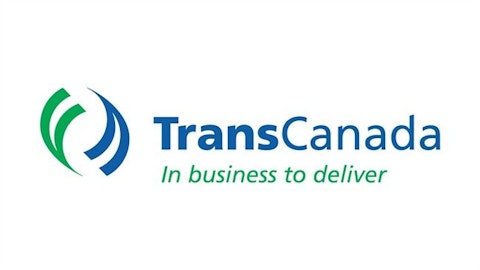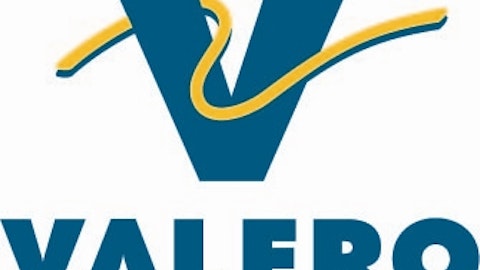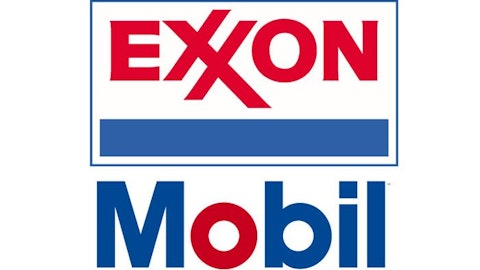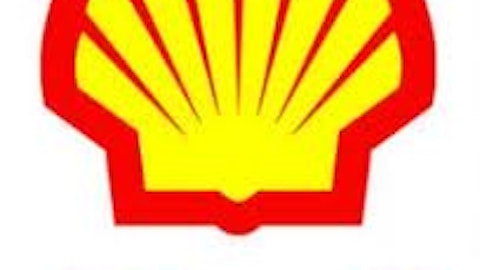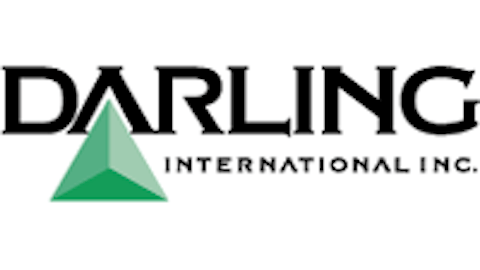Canada’s oil industry is like Bizarro Superman.
For those of you who aren’t comic book nerds or are not die-hard fans of Seinfeld, Bizarro Superman is the antithesis of Superman. His actions were always the exact opposite of what we would expect from Superman. In the world of energy, Canada is much like Bizarro Superman because of how different its oil industry is to that of the United States. Let’s take a look at this bizarre scenario and what it means for some energy companies.
The North American odd couple
Canada has consistently been a net exporter of oil since 1981. Yet despite exporting more than 3 million barrels per day to the U.S., provinces east of Ontario import more than 60% of their oil needs. There are two primary reasons this happens: (1) Canada doesn’t have adequate infrastructure to economically deliver oil from the Western shale plays to the Eastern refineries, and (2) The majority of Eastern refineries are built to handle lighter, sweeter crudes that came from foreign sources.
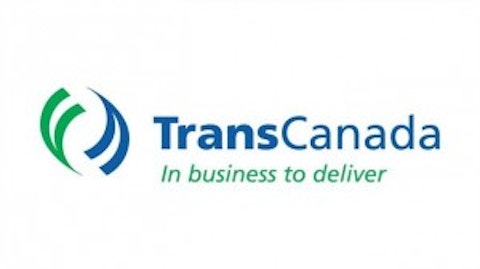
What really brings the U.S. and Canada’s energy relationship into Bizarro world is that both countries are trying to increase imports and exports to each other at the same time.
The yin to our yang
The reason we are seeing such a large uptick in both imports and exports to Canada is that both countries have what the other needs: Refineries in the Gulf Coast of the U.S. are built to process heavier, more sour crudes from places like Mexico and Venezuela. Meanwhile, Canada’s Eastern refineries have operated on those lighter oils from places like the Middle East and the North Sea. Luckily for both countries, U.S. shale oils and Canadian oil sands are the perfect fit for the other countries’ refineries.
Despite the obvious fundamental advantages of increased trade of oil between the two countries, there are still some major political hurdles to conquer. On the Canada-to-U.S. side of the argument, TransCanada Corporation (USA) (NYSE:TRP)‘s Keystone XL pipeline has been stuck in litigation for several months. The proposed pipeline has the potential to deliver 830,000 barrels per day of oil to refineries in the Gulf of Mexico, a region that is capable of refining about 2.3 million barrels per day of heavy sour crude. The problem, however, is that the pipeline is receiving stiff opposition from political groups over environmental concerns. Other pipelines such as Enbridge Inc (USA) (NYSE:ENB)‘s Mainline and Energy Transfer Equity, L.P. (NYSE:ETE)‘s Trunkline Reversal project have also met some opposition over similar concerns to Keystone XL, but they certainly have not seen as much media attention.
Refineries in U.S. PADD Districts II and III, also known as the Gulf Coast and mid-continent districts, combined to refine about 640,000 barrels per day of Canadian oil sands, much of that coming from Enbridge Inc (USA) (NYSE:ENB)’s and TransCanada Corporation (USA) (NYSE:TRP)’s existing oil pipelines as well as rail shipments. If refineries ever hope to replace other foreign heavy oils with Canadian oil sands, though, more pipeline capacity will be needed.
